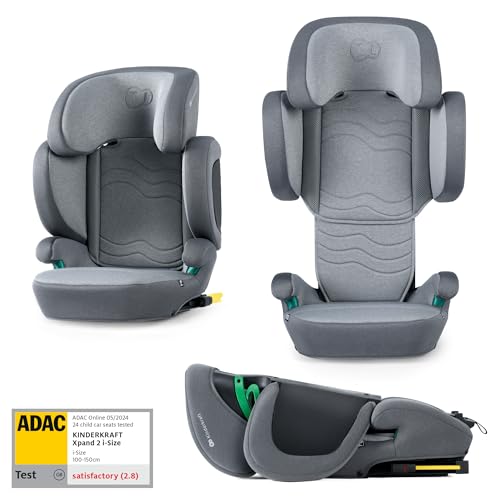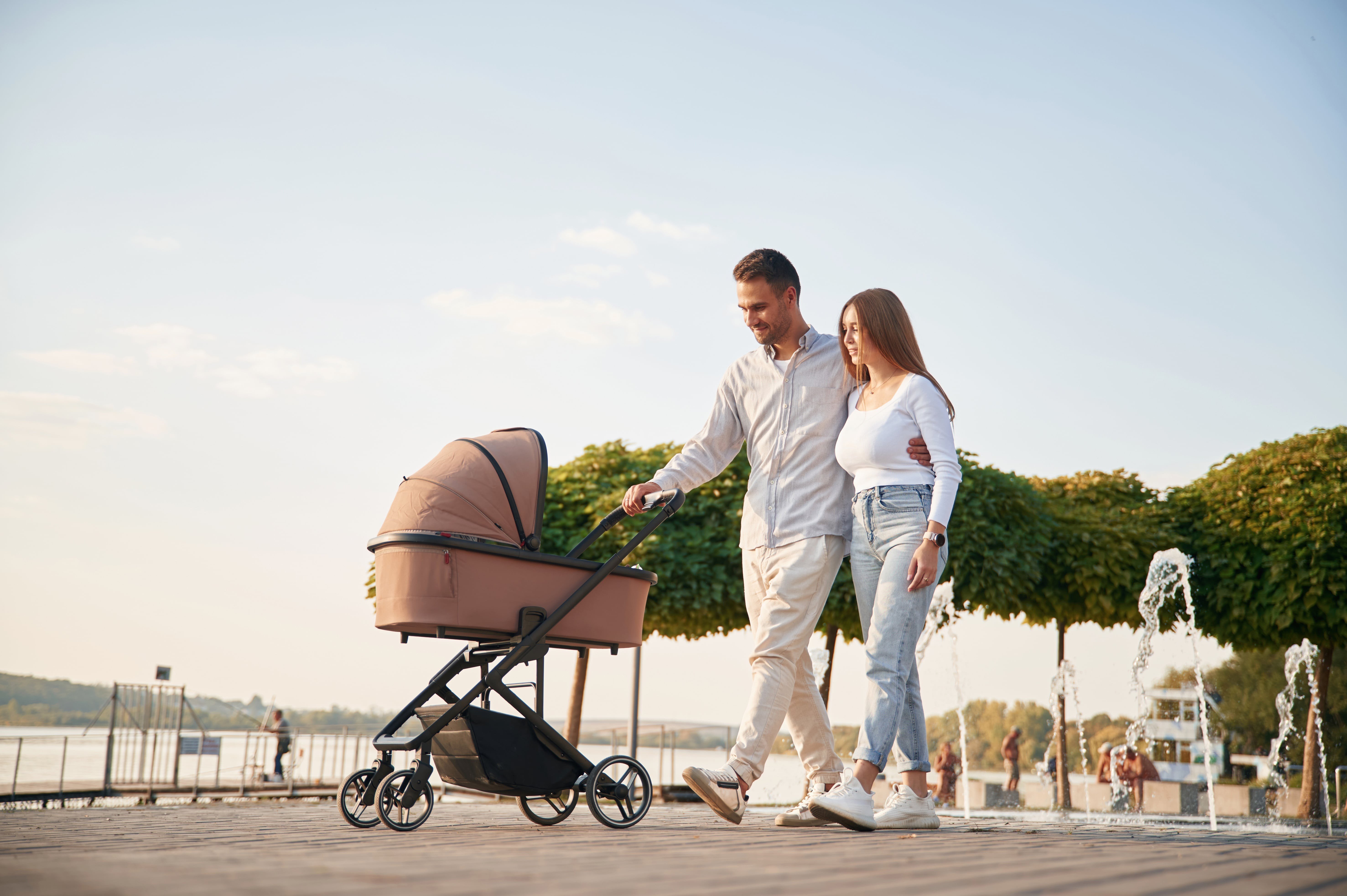Three Reasons Why Three Reasons Your Pushchair Is Broken (And How To R…

본문
Understanding Prams and Pushchairs: A Comprehensive Guide for Parents
When it pertains to choosing the ideal mode of transportation for children, moms and dads are frequently overwhelmed by the variety of alternatives offered. Prams and pushchairs are amongst the most typical choices, and each has its own special functions dealing with various needs. This article dives deep into the world of prams and pushchairs, detailing their distinctions, advantages, disadvantages, and tips for selecting the ideal one for your family.
What is the Difference Between a Pram and a Pushchair?
At first look, prams and pushchairs might appear similar, however they serve different functions based on a kid's age and developmental stage. Below are the primary distinctions:
| Feature | Pram | Pushchair |
|---|---|---|
| Age Range | Usually for newborns approximately 6 months | Suitable for kids 6 months and older |
| Design | Flat, Pushchairs (Pad.Geolab.Space) horizontal lying position for newborns | Upright seating position; more flexible and mobile |
| Use | Primarily for walking with babies | May include several seating alternatives and setups |
| Foldability | Frequently bulkier and less portable | Typically light-weight and foldable for simple transportation |
Kinds of Prams and Pushchairs
Choosing the best pram or Pushchair Sale (Geesehole86.Bravejournal.Net) can depend on different elements, including the type, functions, and way of life of the household. Below are the main types of prams pushchairs and pushchairs offered in the market:

Prams
- Standard prams twin: Designed for newborns, they frequently feature a deep and comfy bassinet, making them perfect for young babies.
- Travel System Prams: These can transition from a bassinet to a toddler seat, often consisting of an infant safety seat for ease of travel.
Pushchairs
- Requirement Pushchairs: Offer an upright seat and appropriate for older babies and young children. They frequently feature reclining abilities.
- Umbrella Pushchairs: Lightweight and extremely portable, these designs fold compactly, making them ideal for travel.
- All-Terrain Pushchairs: Designed for rugged landscapes, they include bigger wheels and remarkable suspension systems for off-road capabilities.
Benefits and Disadvantages
Advantages of Prams
- Convenience for Newborns: Their flat, horizontal style is best for the healthy spinal advancement of infants.
- Stylish Designs: Many prams included sophisticated aesthetic appeals, interesting fashion-forward moms and dads.
- Large: They tend to provide a larger area for infants to move easily.
Disadvantages of Prams
- Bulkiness: They can be heavy and challenging to maneuver, making them less practical for public transport or crowded areas.
- Cost: Prams normally feature a greater cost compared to pushchairs.
Advantages of Pushchairs
- Portability: Many pushchairs fold compactly and are lightweight, using impressive benefit for moms and dads on the go.
- Versatility: With multiple setups offered, pushchairs can fit various phases of a kid's development.
- Simpler to Store: Their smaller size makes them simpler to keep in compact areas.
Downsides of Pushchairs
- Less Comfort for Newborns: Most standard pushchairs disagree for really young babies unless developed with a reclining function.
- Sturdiness Concerns: Budget pushchairs might not hold up against extensive use compared to sturdier twin pram models.
Tips for Choosing the Right Pram or Pushchair
Selecting the best pram or pushchair requires careful factor to consider. Here are some crucial aspects to bear in mind:
Age Appropriateness: Consider your kid's age. A pram may be preferable for a newborn, while a pushchair may be chosen for an older child.
Lifestyle Compatibility:
- If you regularly travel or use public transportation, a light-weight option may be easier.
- For active families who enjoy outdoor activities, a tough, all-terrain pushchair might be helpful.
Storage Needs:
- Think about where you'll keep the pram or pushchair, as some designs can take up considerable space.
Spending plan Constraints: Prams can be costly, specifically designer designs. Identify functions that are most essential to you before buying.
Safety Features: Always try to find vital security functions like straps, brakes, and durability when choosing a pram or pushchair.
Frequently asked questions
1. At what age can my baby begin using a pushchair?
Most pushchairs appropriate for babies from six months, however some convertible models can securely accommodate younger infants when used with a cars and truck seat or bassinet accessory.
2. Can I take a pram or pushchair on public transportation?
The majority of public transportation systems accommodate prams and pushchairs, however it's a good idea to examine particular policy standards ahead of time.
3. How can I preserve my pram or pushchair?
Regular cleaning, examining for wear and tear, and lubing moving parts will help in keeping your pram or twin pushchair's functionality and longevity.
4. Are travel systems worth the investment?
Travel systems can be a great investment for moms and dads who frequently travel, offering an all-in-one solution from car to stroller. They offer convenience and ease of transition, specifically for brand-new parents.
5. Exist prams and pushchairs with extra features?
Yes, lots of contemporary designs include functions like cup holders, storage baskets, adjustable manages, canopies for sun shading, and even folding mechanisms that can be operated with one hand.
Selecting in between a pram and a pushchair is a choice that impacts daily parenting routines. By comprehending the differences, advantages, and suitable options, households can make informed choices that harmonize with their way of life requires. Whether it's a leisurely stroll in the park with a pram or a daring outing with an all-terrain pushchair, the very best choices often cause valued memories and pleasing experiences for both moms and dads and kids.


댓글목록0